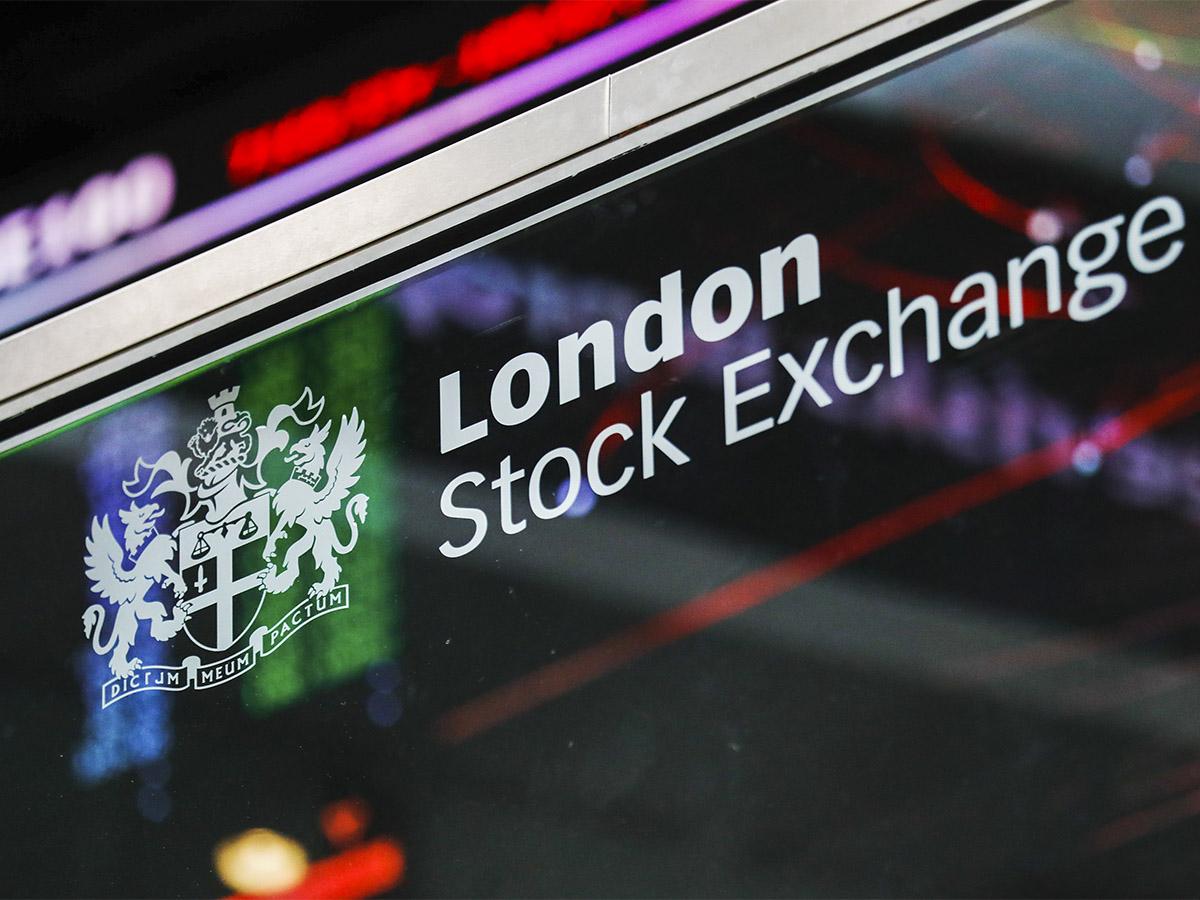The drawn out Brexit saga has kept the financial markets awash with uncertainty, leaving UK exposed, or ‘Brexit stocks’ in limbo and the London Stock Exchange (LSE) muted. And despite the agreement of a deal between the EU and the UK today, Boris Johnson is likely to face stern resistance when he takes his deal to Parliament on Saturday.
Since 2016, London’s stock trading volumes have become increasingly dismal and the scarcity of new listings suggests that the capital’s stock market is in decline. London does still dominate Europe’s hub of equity finance and remains the largest market for IPOs in Europe in terms of proceeds raised.
However, more companies have left the LSE than joined recently as Brexit fear has taken hold, and seen listings decreased to just 25 companies by the end of September compared to the 55 in total last year, The Financial Times reports.
“Companies are turning their backs on the UK equity market,” Citi analyst Ayush Tambi stated in a note to clients earlier this month. This shrinkage, Tambi says, is down to “bids, share buyback and falling issuance”.
“Companies are turning their backs on the UK equity market” - Citi analyst Ayush Tambi
International investors are also steering clear of the market. The FTSE 100’s 7% YTD rise (through to 17 October) is lagging well behind its peers in Europe and elsewhere – the S&P 500 is up 19%, the CAC 40 up 22%, DAX up 19% and the Stoxx 600 up 15% for the year-to-date.
As a result of London’s flat blue-chip stock index, net equity supply is down 3% since the start of the year and as such liquidity is lower, the Financial Times notes. It also pointed to data compiled Cboe Europe reveals that the value of trades made each month since 2016 has fallen against other European markets, prompting prospective listings to drop out.
Brexit’s not the only problem
However, a number of analysts and investors believe that the true extent of the impact of Brexit on investor sentiment could be inflated. According to some, company-specific issues appear to outweigh parliament’s disarray.
“Brexit is a factor, but down on the list,” Darrin Peller, managing director and senior analyst at Wolfe Research, told CNBC. For instance, despite global IT solutions provider
DXC Technology’s [DXC] 15% revenue exposure to the UK, its losses have stemmed from internal struggles amid a recent CEO shake-up and disappointing earnings, a report from the research group suggests.
Furthermore, Brexit has done little to dampen the interest of some analysts and investors in Brexit exposed stocks. For example, MoffettNathanson partner Lisa Ellis and and UK investor Hugo Keung have both taken bullish stances on the payment services company
PayPal [PYPL], which apparently holds an 11% exposure to Brexit. Keung, for instance, plans to wait for a drop in the pound to coincide with a rally in the stock to enable him to sell for higher gains, CNBC reports.
A mixed bag for safe haven assets
While there is a growing divergence among analysts on how investment portfolios will be affected after the 31 October Brexit deadline, there is also some divergence on exactly how safe supposed safe havens may be amid the various scenarios that could play out.
So far in 2019, gold has proved to be one of the best investments, with the spot price for the precious metal up more than 16% YTD (through 17 October) – it is currently hovering around $1490 per ounce. The precious metal began the current rally in September 2018 after it dropped by around 10% in the five months from April to $1200.
However, as recent government bonds activity might indicate, it’s not certain whether precious metals will continue their bullish run.
In August, reports showed that the 10-year UK government bond yield sunk to its lowest level on record as investors signalled that they expect lower economic growth and interest rates in the near future. The yield of the 10-year gilt has since recovered from levels below 0.5% seen at the beginning of August, and now it sits at 0.61%, as of 14 October, according to Morningstar.
While it is evident that these safe haven asset classes are sensitive to the outcome of negotiations, there are also concerns that uncertainty is spurring safe haven bids.
+16%
Gold price performance year-to-date
The sting of a no-deal Brexit
In April, reports suggested that should the country leave the EU without a deal, the LSE would see European shares moved to its pan-European platform Turquoise as, according to a Bloomberg News, the UK will likely see a collapse of the pound, UK stocks and British government bonds.
The survey of 18 foreign-exchange strategists forecasts a 13% (TTM) drop in the fair value of the FTSE 100 and a drop to $1.11 for sterling from current levels of $1.27 (at close on 15 October). They also predict that investors will pile into the safety of government debt which would weigh down bond yields to record lows.
While lingering fears of a no-deal Brexit have kept the pound under pressure Shaun Osborne, chief currency strategist at Scotiabank, told Reuters that “we would expect a relief rally to some extent, if a deal is reached”. If not, sterling will fall and trade between $1.10 and $1.19, a Reuters suggests.
It’s this that traders are finding opportunity in, as recent shifts in the options market reveal that expectations for sterling volatility hit record highs for the year in August, according to the Financial Times.
Investors’ expectations for swings in the pound between September and December have risen to 5.5%, while ACY Securities strategist Russel Sandiford forecast it to extend lower amid high volatility and neutral volume flow, According to HEFFX.
Looking at the state of the UK economy, growth has increased in the last three months, easing any lingering recession fears. However, with the Brexit deadline coinciding with Halloween, it’s going to be a scary state of affairs.
Disclaimer Past performance is not a reliable indicator of future results.
CMC Markets is an execution-only service provider. The material (whether or not it states any opinions) is for general information purposes only, and does not take into account your personal circumstances or objectives. Nothing in this material is (or should be considered to be) financial, investment or other advice on which reliance should be placed. No opinion given in the material constitutes a recommendation by CMC Markets or the author that any particular investment, security, transaction or investment strategy is suitable for any specific person.
The material has not been prepared in accordance with legal requirements designed to promote the independence of investment research. Although we are not specifically prevented from dealing before providing this material, we do not seek to take advantage of the material prior to its dissemination.
CMC Markets does not endorse or offer opinion on the trading strategies used by the author. Their trading strategies do not guarantee any return and CMC Markets shall not be held responsible for any loss that you may incur, either directly or indirectly, arising from any investment based on any information contained herein.
*Tax treatment depends on individual circumstances and can change or may differ in a jurisdiction other than the UK.
Continue reading for FREE





